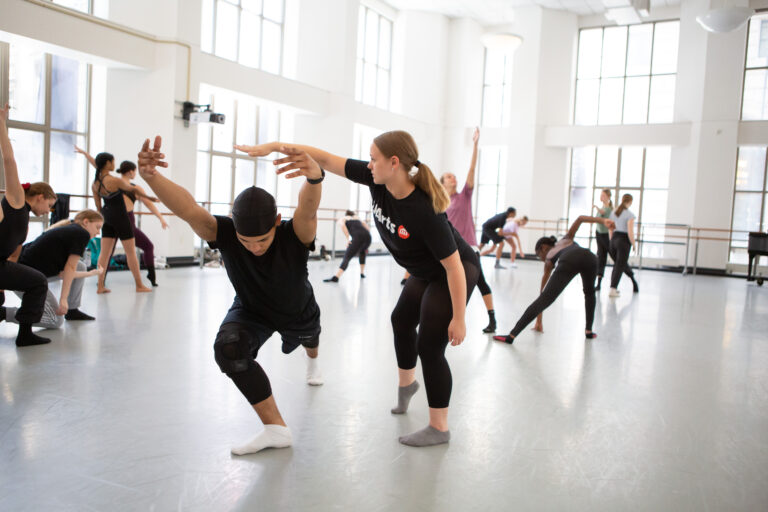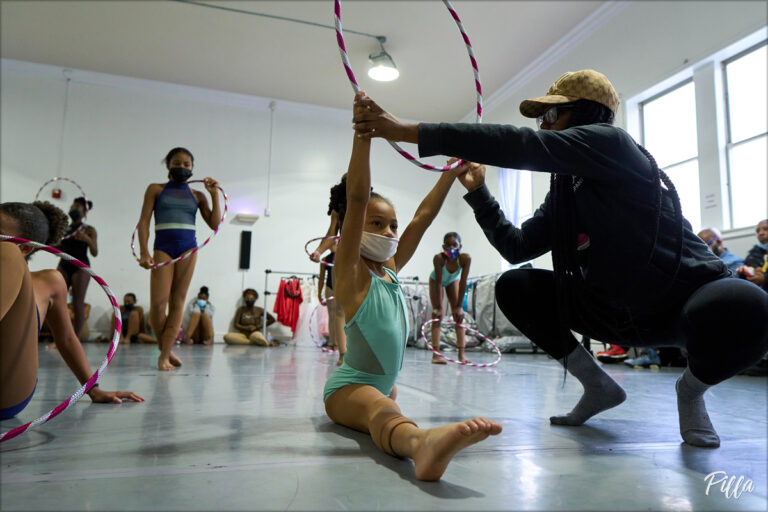
If you’re a studio owner, the thought of raising your rates most likely makes you cringe. Despite ever-increasing overhead expenses you can’t avoid—rent, salaries, insurance—you’re probably wary of alienating your customers, losing students or inviting confrontation if you increase the price of your tuition or registration and recital fees. DT spoke with three veteran studio owners who suggest it’s time to get past that. Here’s how to give your business the revenue boost it needs and the value justification it (and you) deserve.
DO your homework Prepare by researching comparable tuition costs in your immediate area. Then take it a step further and see what average rates are in your state. You don’t want to be the most expensive option, but you also don’t want to be the cheapest. Finally, see how much it costs to take a dance class at a studio in another state. If a parent approaches you, eager to complain or comment on how “expensive” it is to take class at your studio, you’ll be able to respond honestly and accurately with prices from your region, state and the nation at large.
DON’T make changes in the middle of a school year Brianna Leake, of Premiere Dance Center in Austin, Texas, advises posting newly increased prices during enrollment periods. “I feel we have to, so parents can consider the financial commitment at the same time as they consider the time/schedule commitment,” she says. “Once a customer commits to a season, the price should remain the same until that season ends and new enrollment begins.”
DO enhance what you’re offering Adding or improving services at the same time of a price increase shows that your business is evolving and that you have a desire to better serve your students and parents. Are you adding new classes? Renovating your facilities? Purchasing new equipment? Installing studio management software? Offering WiFi in your lobby? Letting parents know what you intend to do with the increased revenue can soften the blow of the price hike.
DON’T make it a big jump Making small increases in pricing year to year won’t frustrate or confuse families. 10 percent is considered a reasonable increase. “We do it every year,” says Carolyn Simpson Wells, of Dance by Design Studios in New Braunfels, Texas. “Either tuition is raised, registration fees, costume fees or recital tickets. I’ve never heard pushback because we make it small every year.”
DO practice consistency “We up the tuition $10 per class every year,” says Lynda Griffin, of Northern Westchester School of Dance in New York State. “Parents expect it, because it’s consistent. For five years, we didn’t raise [recital] ticket prices—and then we upped it by $2, and it was questioned by everyone. But tuition has gone up $50 per class in those same five years, and nobody said a word.”
DON’T broadcast your price increase There’s no need to publicize your new rates—just make sure they’re clearly posted on your website and registration materials. “The grocery store doesn’t highlight a price increase on milk—it posts the price under the product so you see it when purchasing,” points out Leake. “It’s the same for restaurants: They don’t post ‘prices have increased’ on their menu. They just list the price at the time of purchase. And if someone doesn’t like the price, they pick something else.”
DO consider surveying a few parents beforehand Canvass a trusted group of parents beforehand (or a cross-section of the studio, with longtime and newer parents alike), letting them know about the price changes you’re planning to make. Gauge their reactions, and let that be a guide to you—it’s possible you aimed too high with your increase, and their initial response can help you adjust accordingly.
DON’T feel guilty Remember that prices go up everywhere, no matter the type of business. Your local grocery store, for example, raises prices over time, and you probably haven’t batted an eye. “Rent goes up, electricity, heat, insurance—everything goes up, so tuition must also go up to cover these expenses,” says Griffin.
DO consider an incremental approach Try increasing one segment of your pricing structure first. Charge more for only one class—focusing on the most popular offerings at your studio—or just for new students. Or maybe you raise prices for your competitive program. Take the time to assess what will make the biggest difference to your business.
DON’T focus on the handful of students you might lose Students will come and go each year, no matter what your prices are. Most families will understand the quality of instruction and service you’re offering, and they’ll respect you for charging what you and your staff are worth.




